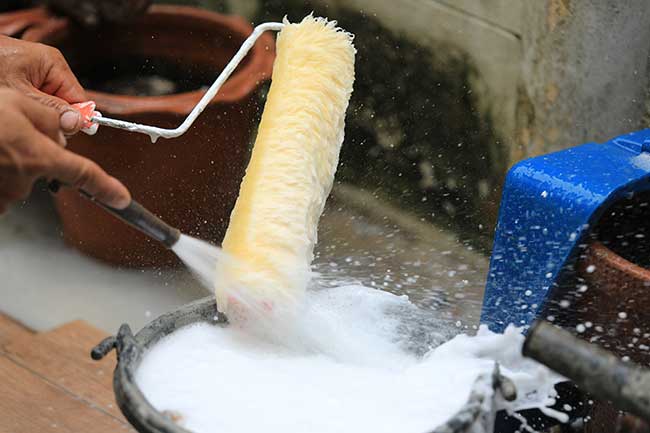The first step to painting like a professional is to prepare the walls. Clean and primed walls will ensure that the final paint job is even and streak-free.
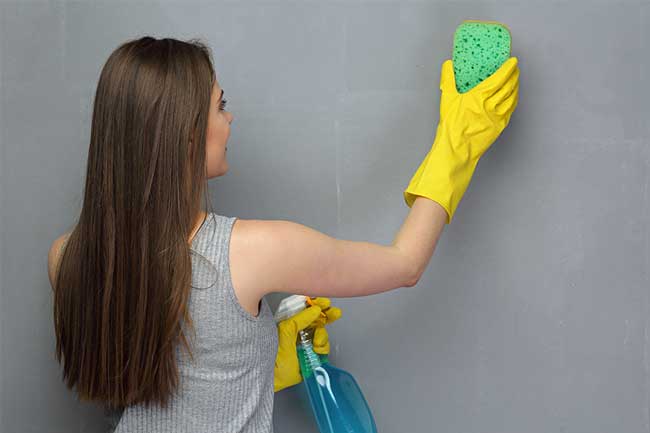
Before painting, take the time to plan and prepare any wall designs. Planning and preparing designs beforehand will save you time and frustration once the painting actually begins.
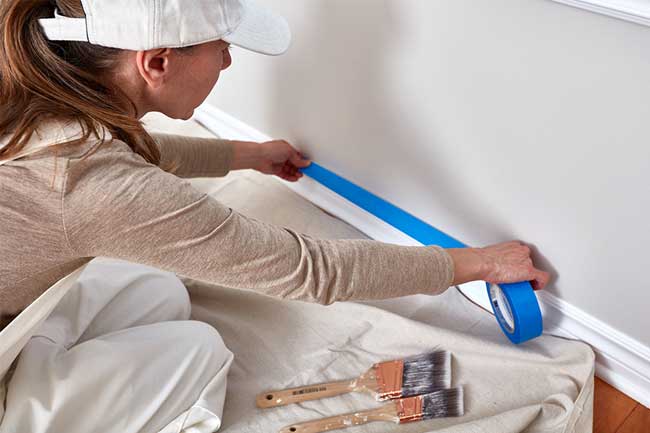
Ensuring your workspace is well-lit will help you paint opaque, streak-free coats.
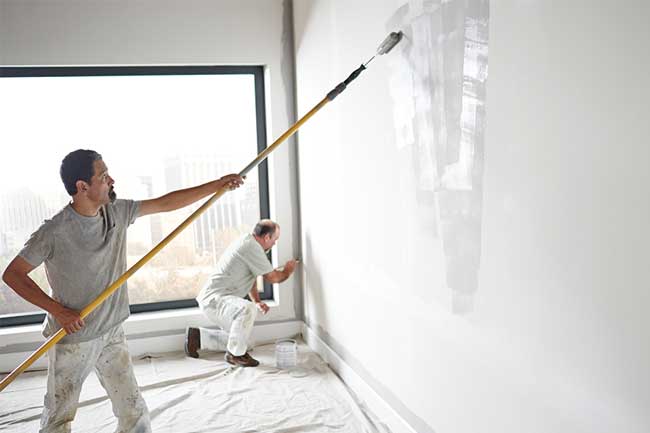
When painting interior walls, keep these painting tips and tricks in mind:
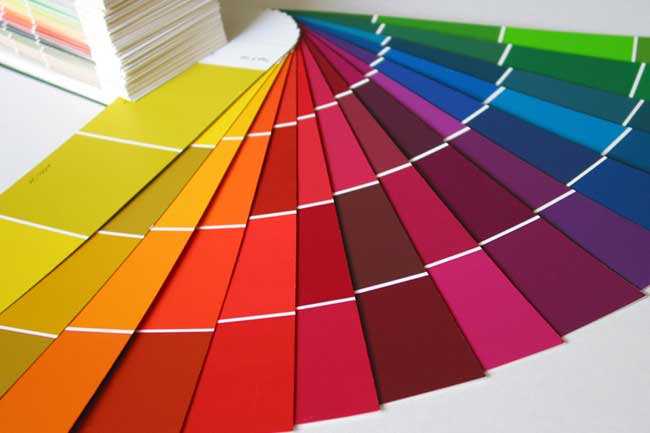
For the best results when following these painting tips, take good care of your paint brushes and paint rollers.
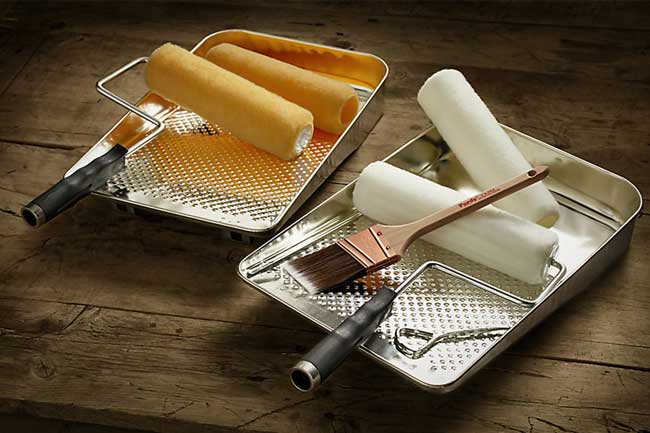
As you near the end of your painting project, follow these final interior paint tips for professional-looking results:

After a long day of painting, you’ll want to make cleaning as quick and painless as possible. Here are a few ways to make cleaning after a DIY painting project easier:
